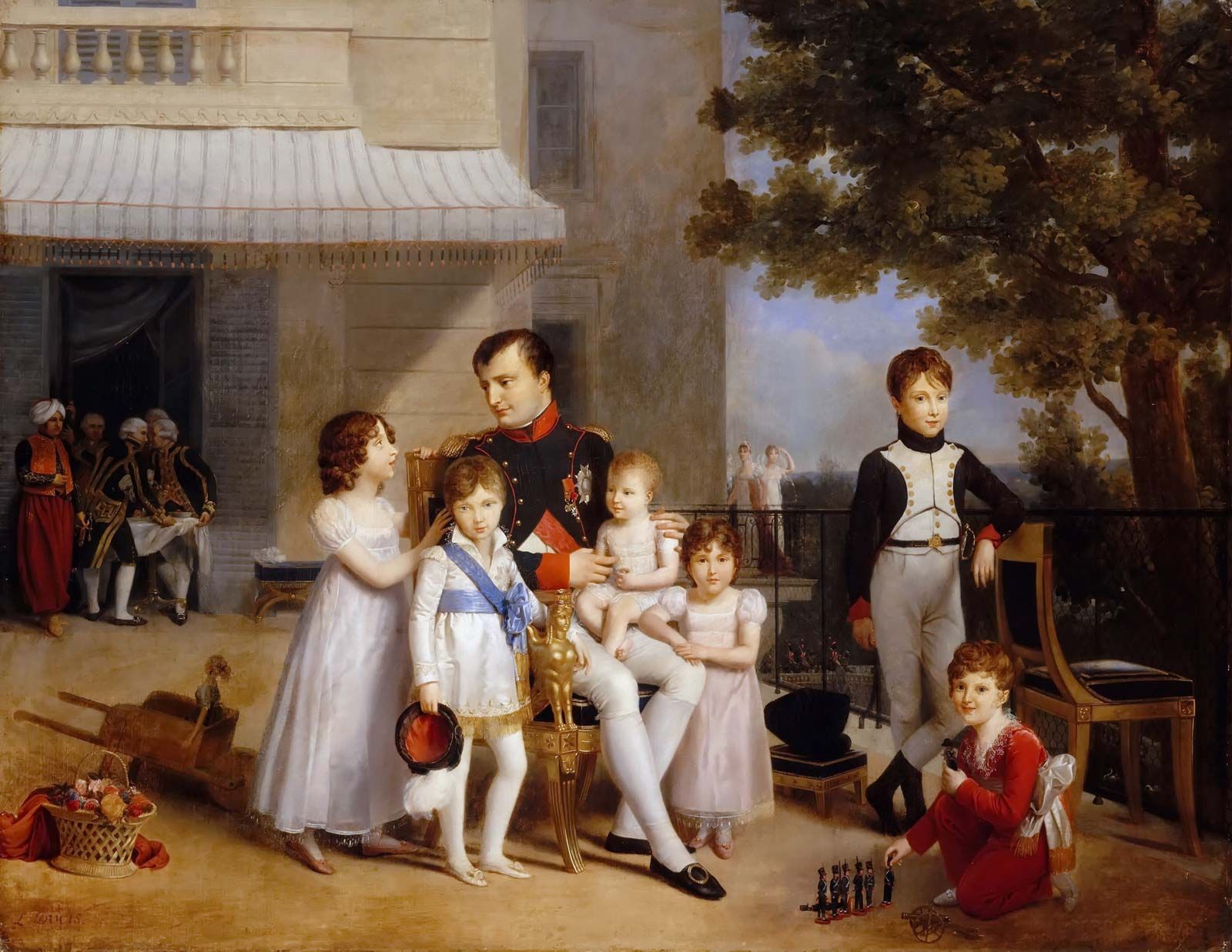Baroque, the label usually applied to the arts of the seventeenth century. probably comes from the Portuguese barroco, “an irregular or misshapen pearl.” Some critics have seized upon the suggestion of deformity to criticize the impurity of seventeenth-century art in contrast with the purity of the Renaissance. Especially among Protestants, the reputation of baroque suffered because it was identified with the Counter-Reformation and many of its leading artists appeared to he propagandists for Rome. Many viewers were also repelled by the flamboyance of baroque works.
Baroque art was closely associated with the Jesuits, with the successors of Philip II in Spain, and above all with Rome during the century following the Council of Trent. Catholic reformers enlisted the arts in propagating the faith and endowing it with greater emotional intensity. But not all the baroque masters were CatholicRembrandt, for instance, was a Mennonite, and Sir Christopher Wren an Anglican—nor were all their patrons Catholic prelates or grandees. Portraits of the Protestant Charles I of England brought Van Dyck fame and wealth; and in the Dutch republic, where the Calvinist churches frowned on all ornamentation, painters won support from the business community and sometimes became prosperous businessmen themselves.
The unprecedented financial success of some artists is one of the distinguishing characteristics of the baroque period. Rubens, Van Dyck, and Wren lived like lords, in contrast to the relatively austere existence of such Renaissance masters as Leonardo and Michelangelo. A second characteristic is the baroque stress on sheer size, as exemplified by the vast canvases of Rubens, the immense palace of Versailles, and Bernini’s decorative canopy over the high altar in St. Peter’s in Rome.
A third characteristic is theatricality, as painters intensified the illusion of brilliant lighting and placed figures in the immediate foreground of a canvas to draw the spectator into the scene. A final characteristic is the realistic depiction of a wide range of humanity—clowns, beggars, gypsies, cardsharps, cripples, and dwarfs, as well as ordinary people, praying, laughing, or eating.
In France, for example, Georges de La Tour (1593-1652) took everyday subjects and people–a woman retrieving a flea as she undresses, a hurdy-gurdy player, and, at the height of the seventeenth century devotional cult of Mary Magdalen, a painting of her pensively contemplating a candle—and executed them in a nighttime setting that permitted dramatic contrasts of light and shadow.

